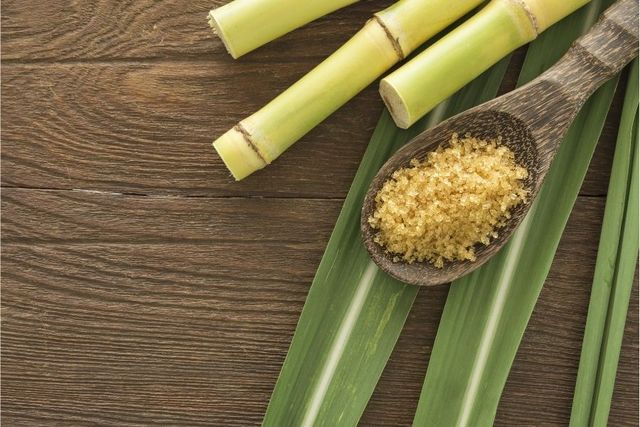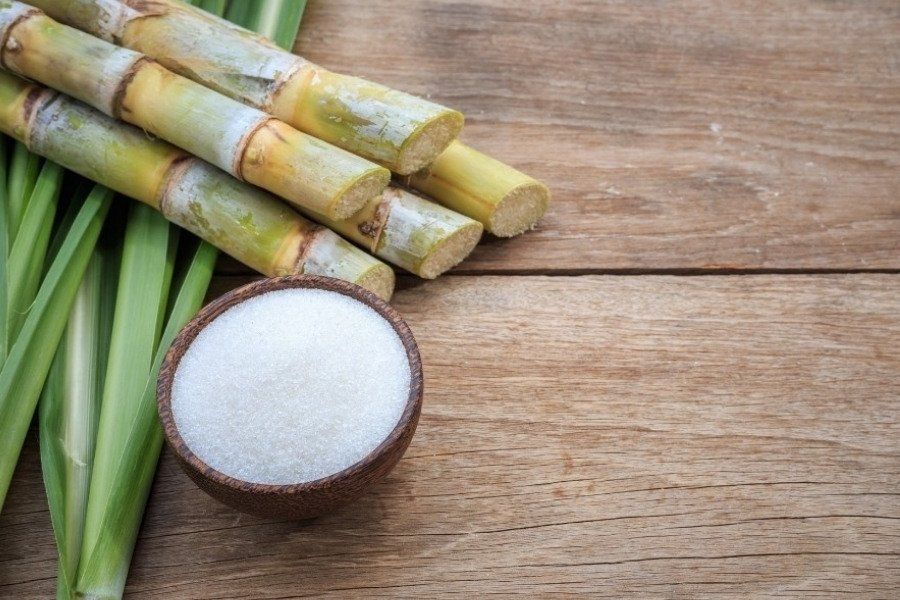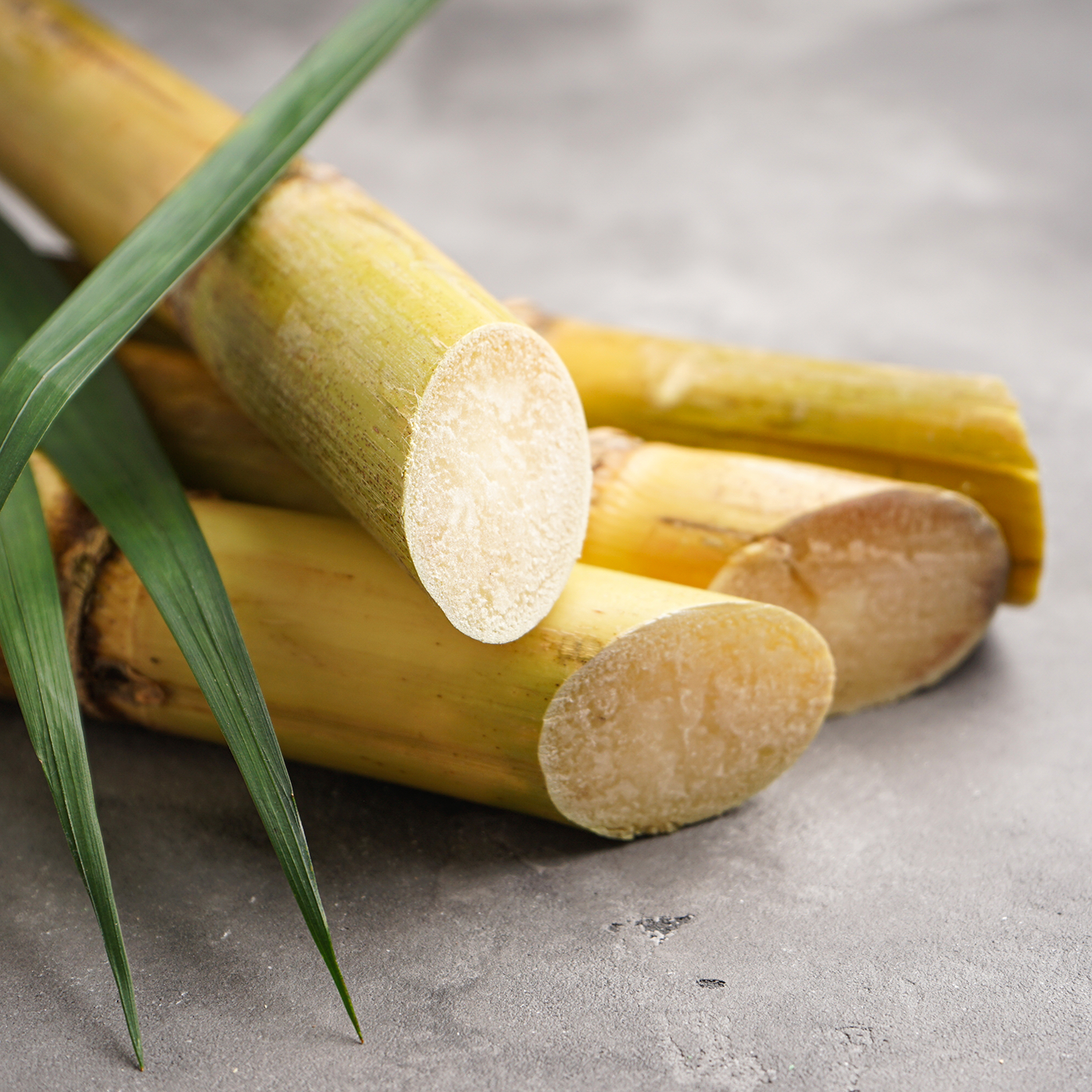All Regarding Sugar Canes: What Are Sugar Canes Utilized For and Their Role in Global Farming?
Sugar walking canes function as a foundation of global agriculture, largely identified for their function in sugar production. They likewise add to the production of by-products like molasses and ethanol. These facets not just support numerous sectors however also influence financial stability in country areas. The cultivation of sugar canes deals with significant ecological difficulties. Understanding their multifaceted duty triggers more expedition into their farming techniques and sustainability initiatives.
The Agricultural Process of Sugar Walking Cane Cultivation
Although sugar walking cane growing might differ by region, the basic agricultural procedure stays consistent. The primary step includes selecting high-yielding varieties appropriate for neighborhood climates. Prep work of the dirt is essential, often requiring tillage and the addition of fertilizers to improve fertility. Planting usually takes place throughout the wet period, with farmers using either whole stalks or cuttings to develop brand-new crops.As the plants expand, they call for thorough treatment, including weed control, bug monitoring, and irrigation, relying on the ecological problems. Farmers keep track of the sugar walking cane's development cycle, which usually spans 10 to 24 months, before harvesting. Collecting is labor-intensive, frequently carried out by hand or with specialized machinery, making sure marginal damages to the stalks. Following harvest, the cane is carried to processing facilities. This careful growing process not only supports local economies but also plays a considerable function in worldwide agricultural practices, contributing to food and power supplies.
Sugar Production: From Walking Stick to Crystal
The journey of sugar manufacturing starts the minute newly gathered sugar walking cane gets to processing centers. The primary step involves washing and chopping the cane to prepare it for extraction. Making use of high-pressure rollers, the juice is removed from the smashed walking stick, leading to a wonderful liquid recognized as sugarcane juice. This juice undertakes information, where pollutants are removed with the addition of lime and heat.Next, the clarified juice is focused by boiling it down to create a thick syrup. This syrup is after that taken shape by cooling down, allowing sugar crystals to form. The taken shape sugar is separated from the remaining syrup, known as molasses, via centrifugation.Finally, the sugar crystals are washed and dried out, causing the acquainted granulated sugar (What Are Sugar Canes Used For). This procedure changes raw sugar cane right into an item that is essential to different culinary and commercial applications, highlighting the relevance of sugar in worldwide farming
Biofuels and Sugar Canes: A Sustainable Future
As the globe increasingly looks for lasting energy remedies, sugar canes have actually become an encouraging resource for biofuels. The biomass stemmed from sugar walking canes can be converted right into ethanol, a renewable fuel choice that considerably lowers greenhouse gas emissions contrasted to fossil gas. This process not only gives a cleaner energy source yet also promotes power freedom for numerous countries.In enhancement, sugar walking cane growing supports country economies by producing work in both farming and biofuel production sectors. Using sugar walking canes for biofuel production additionally encourages agricultural diversification, which can improve dirt wellness and lower reliance on solitary plants. The byproducts of sugar walking cane handling can be made use of for power generation, in addition adding to a lasting power cycle. As countries undertaking to fulfill renewable resource targets, sugar canes are positioned to play an important role fit a much more lasting future in the biofuel landscape.

The Function of Sugar Canes in Drink Manufacturing
Sugar walking sticks play a significant duty in drink manufacturing, working as a main active ingredient in rum and adding to the sweet taste of numerous sodas. In addition, their all-natural juices are utilized in different beverages, enhancing taste and charm. This flexibility underscores the relevance of sugar walking sticks in the worldwide beverage market.
Sugar Cane in Rum
Rum manufacturing is intricately connected to the growing of sugar cane, a vital plant that offers the necessary fermentable sugars required for fermentation. This process begins with the removal of juice from harvested sugar walking sticks, which is then either fermented directly or refined into molasses. Yeast is contributed to convert the sugars right into alcohol, resulting in a varied variety of rum styles, from light to dark selections. The geographical region where the sugar walking cane is grown considerably influences the taste account of the rum, with factors such as soil kind and environment having fun essential functions. Nations like Barbados, Jamaica, and Cuba are renowned for their rum manufacturing, reflecting the cultural and historic value of sugar cane within the global beverage market.
Soft Drinks Sugar Resource

All-natural Juice Production Uses
In enhancement to its considerable role in soda manufacturing, sugar walking cane is also essential in the natural juice industry. The juice drawn out from sugar walking cane, referred to as cane juice, is celebrated for its all-natural sweet taste and special taste profile. This juice is commonly taken in fresh in various regions, specifically in tropical countries, where it is enjoyed as a renewing drink. Additionally, walking stick juice offers as a base component in a series of natural fruit juices and shakes, enhancing both taste and nutritional worth. Its all-natural residential or commercial properties make it an eye-catching choice to synthetic sugar, interesting health-conscious customers. On the whole, sugar cane's flexibility in juice manufacturing emphasizes its relevance in modern beverage offerings worldwide.
Developments in Sugar Walking Stick Byproducts
Technologies in sugar walking cane results are leading the way for sustainable options in different markets. Biofuels stemmed from sugar walking stick supply a different power source, while advancements in lasting product packaging are lowering reliance on standard products. These growths highlight the flexibility and potential of sugar walking cane beyond its primary use in beverage manufacturing.
Biofuels From Sugar Walking Cane
Exactly how can the by-products of sugar cane add to sustainable power options? The conversion of sugar walking stick into biofuels presents an encouraging method for eco-friendly energy. By utilizing the coarse residue, called bagasse, manufacturers can create bioethanol with fermentation processes. This bioethanol can function as a sustainable choice to fossil fuels, minimizing greenhouse gas emissions and reliance on non-renewable resources. Additionally, molasses, an additional by-product, can be fermented to create biofuels, making best use of source efficiency. The power produced from sugar walking stick not only provides a cleaner gas source however also improves the overall financial feasibility of sugar manufacturing. By integrating biofuel manufacturing into their operations, sugar cane markets can play a necessary role in progressing sustainable energy remedies worldwide.
Lasting Packaging Solutions
Lasting packaging services are significantly being developed from sugar walking stick results, showcasing the flexibility of this farming staple. Developments such as eco-friendly plastics stemmed from bagasse, the fibrous deposit left after juice removal, are gaining traction. These products supply a green alternative to conventional plastics, minimizing dependence on fossil fuels and lowering carbon footprints. Furthermore, sugar cane-based packaging is compostable, damaging down normally without damaging the setting. Firms are currently exploring these options to align with customer need for sustainability. As awareness of plastic contamination grows, the adoption of sugar cane-derived packaging is anticipated to increase, positioning sugar canes as a principal in the change to greener product packaging remedies in different sectors.
Economic Effect of Sugar Cane Farming

Although sugar cane farming has deep origins in numerous economic climates, its economic effect extends much past agricultural manufacturing. This plant offers as a substantial income source for millions of farmers worldwide, particularly in establishing nations where agriculture is a key resources. Sugar walking cane adds to neighborhood economic situations through work development in cultivation, handling, and harvesting. The market additionally click to find out more stimulates development in related fields such as transportation, equipment manufacturing, and food processing.Furthermore, sugar walking cane is a principal in international trade, affecting global markets and rates. Countries that create sugar cane usually depend on exports to boost their financial stability. The byproducts of sugar walking stick, such as ethanol and molasses, expand income streams for farmers and add worth to the farming industry. On the whole, the economic ramifications of sugar walking stick farming are profound, affecting not just farmers yet also nationwide economies and entire neighborhoods.
Ecological Considerations in Sugar Cane Cultivation
While sugar walking cane farming plays a crucial function in several economies, it additionally increases significant ecological problems that can not be forgotten. The comprehensive use of fertilizers and pesticides in sugar cane growing typically results in dirt destruction and water contamination. Drainage from these chemicals can pollute close-by water bodies, hurting marine environments. Furthermore, the monoculture practices common in sugar walking cane farming lower biodiversity, making ecosystems extra vulnerable to bugs and diseases.Deforestation is an additional crucial concern, as land is typically gotten rid of to make method for sugar plantations, causing habitat loss for wildlife and boosted carbon discharges. Additionally, the high water intake required for sugar walking stick watering can stress regional water sources, especially in deserts. As global demand for sugar proceeds to climb, dealing with these ecological challenges ends up being necessary to guarantee sustainable practices in sugar walking stick growing.
Regularly Asked Inquiries
What Are the Nutritional Perks of Sugar Walking Cane?
The dietary advantages of sugar walking cane mainly include its high carbohydrate content, offering energy. Furthermore, it consists of vitamins, minerals, and anti-oxidants that might sustain general health and wellness, though small amounts is essential due to its sugar content.
Exactly How Does Sugar Walking Stick Affect Resident Ecosystems?
Sugar walking stick growing can considerably affect regional ecological communities by modifying land usage, influencing biodiversity, and calling for significant water sources. In addition, it may result in soil degradation and pesticide drainage, interrupting bordering environments and wild animals populaces.
What Is the History of Sugar Cane Cultivation?

Are There Alternatives to Sugar Walking Cane for Sugar Production?
Alternatives to sugar walking cane for sugar production consist of sugar beets, corn, and various exotic plants like sorghum and agave (What Are Sugar Canes Used For). These plants use diverse resources of sweetness, each with distinctive cultivation requirements and ecological influences
How Do Climate Patterns Impact Sugar Walking Stick Returns?
Climate patterns considerably affect sugar walking cane yields via temperature changes, rainfall amounts, and seasonal cycles. Dry spell or extreme rainfall can hinder development, while optimal conditions improve photosynthesis, inevitably affecting the More Help quantity and top quality of the harvest. The journey of sugar production begins the minute newly collected sugar cane shows up at refining centers. The taken shape sugar is separated from the staying syrup, understood as molasses, via centrifugation.Finally, the sugar crystals are cleaned and dried, resulting in the familiar granulated sugar. Rum production is elaborately connected to the farming of sugar walking cane, a vital plant that gives the necessary fermentable sugars required for fermentation. In addition, the monoculture practices prevalent in sugar cane farming decrease biodiversity, making ecosystems more susceptible to insects and diseases.Deforestation is one more important concern, as land is typically cleared to make way for sugar plantations, leading to habitat loss for wild animals and raised carbon exhausts. Alternatives to sugar walking cane for sugar manufacturing consist of sugar beetroots, corn, Continue and different tropical plants like sorghum and agave.